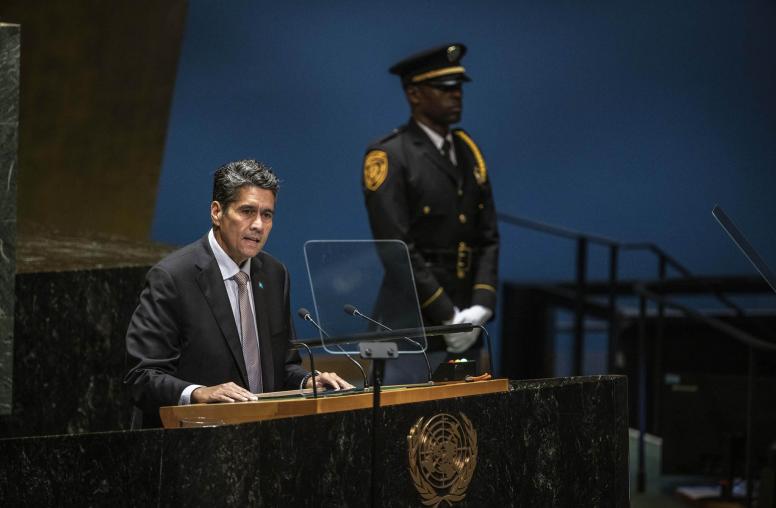Sri Lanka: One Year after the Aragalaya
Last summer, long lines for fuel and food dominated news out of Sri Lanka as the country faced economic default. Amid the concurrent political turmoil, former President Gotabaya Rajapaksa fled abroad while protesters occupied the presidential palace demanding his ouster. Since then, Sri Lanka has started the recovery process, securing a $2.9 billion IMF bailout this past March. However, prices have continued to rise and Sri Lanka’s poverty rate has nearly doubled. A new government led by political veteran Ranil Wickremesinghe has struggled to gain public legitimacy and has cracked down on dissent. Meanwhile, Sri Lanka continues to navigate an increasingly competitive Indo-Pacific region as it strives to renegotiate its foreign debt with its biggest creditors: China, Japan and India.
On July 25, USIP hosted a conversation on Sri Lanka’s trajectory since the Aragalaya protests last year. The discussion examined the island’s economic recovery, the shifting geopolitics in the Indian Ocean and how President Ranil Wickremesinghe’s administration has fared since taking over.
Continue the conversation on Twitter using the hashtag #AfterAragalaya.
Speakers
Nishan De Mel
Executive Director, Verité Research
Nilanthi Samaranayake
Visiting Expert, South Asia Programs, U.S. Institute of Peace
Ambika Satkunanathan
Former Commissioner, Human Rights Commission of Sri Lanka
Tamanna Salikuddin, moderator
Director, South Asia Programs, U.S. Institute of Peace



